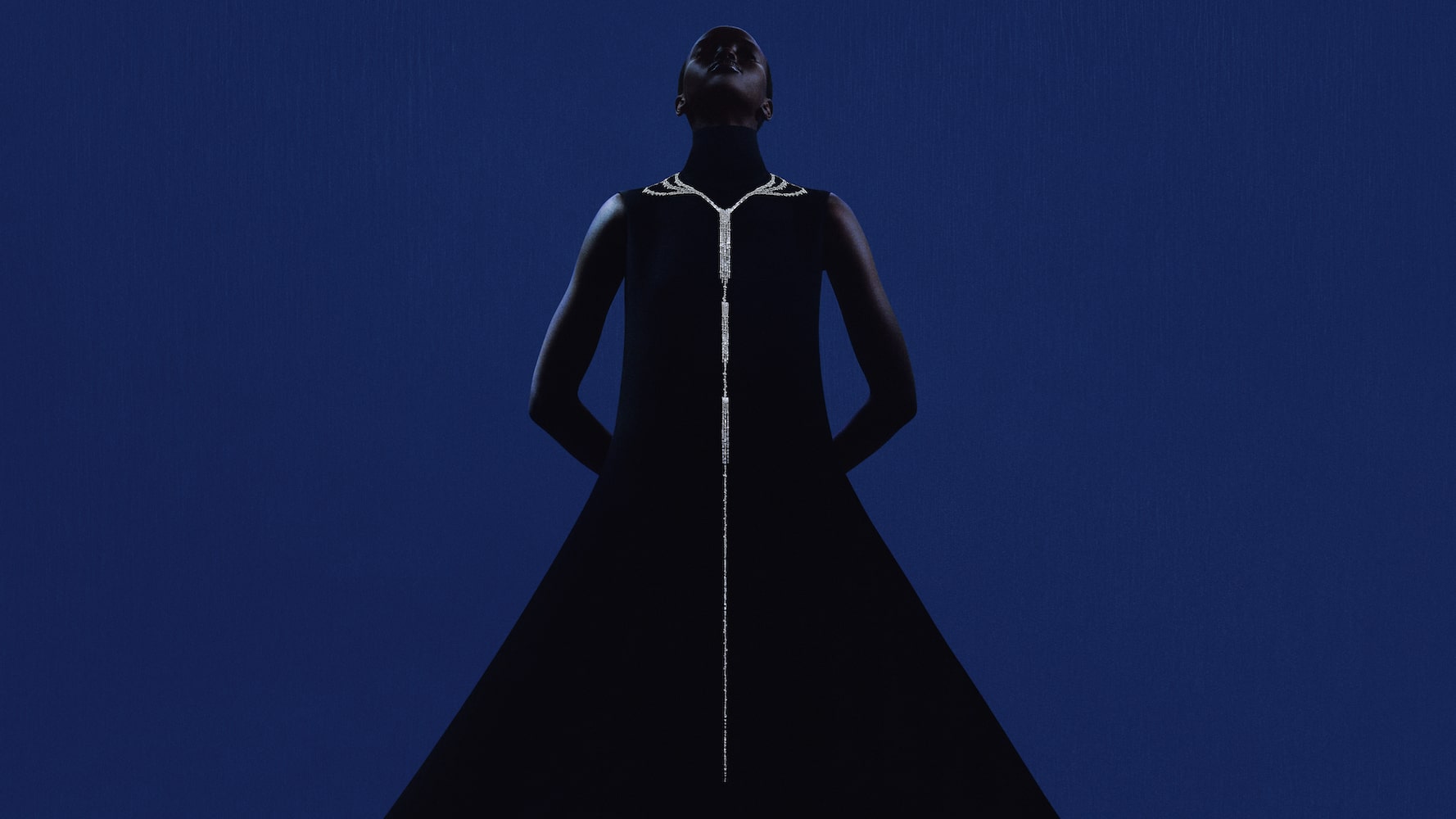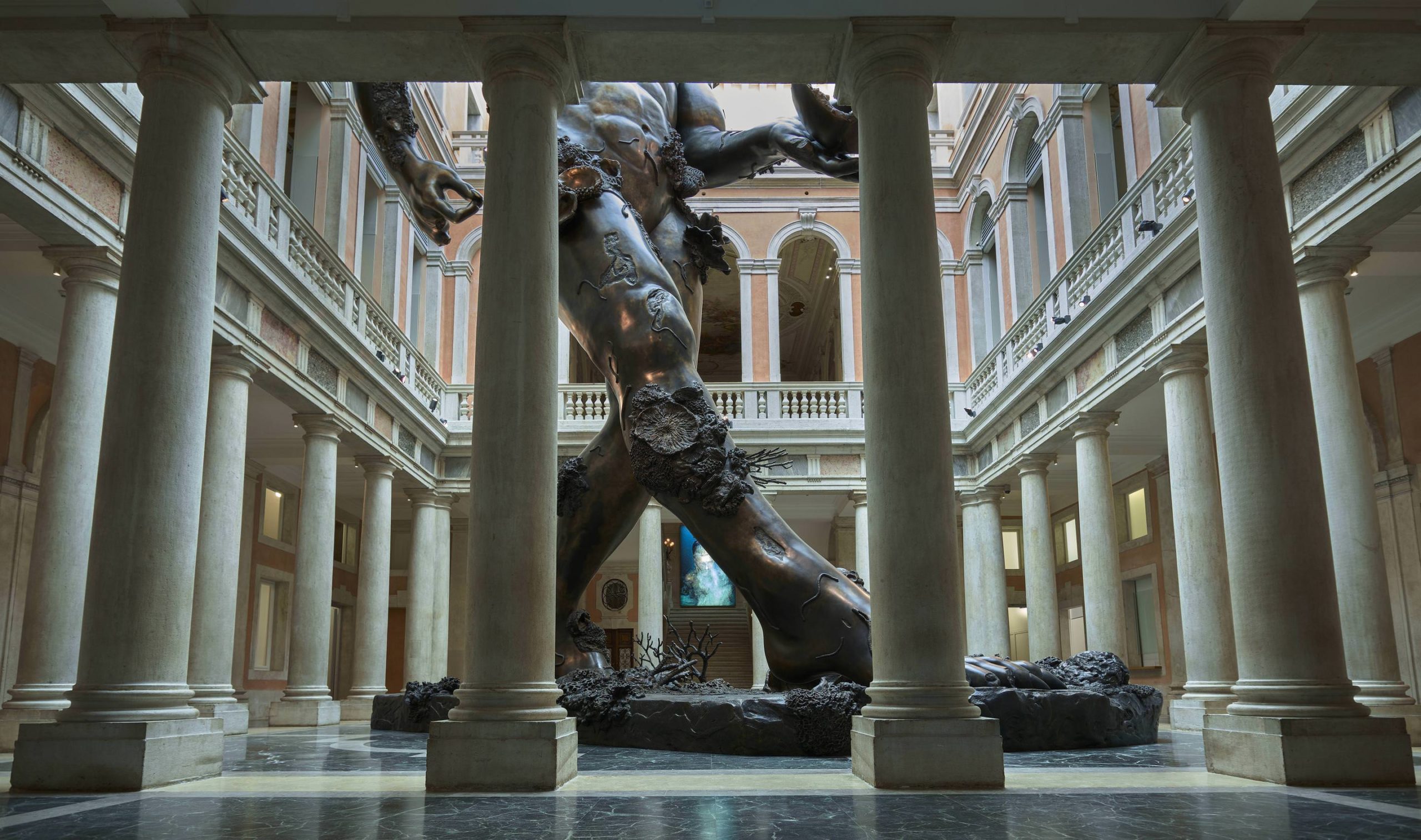Faye Toogood’s East London studio is buzzing with output from a group of creatives she lovingly calls “misfits.” The designer purposely puts architects on a graphic project, or a pattern cutter on a furniture concept. The intent is to the blur the boundaries between fashion, art, and design—to create a space where everyone’s constantly talking, sharing, and experimenting. That kind of setup was pioneering when she began in 2008, after her time as an editor at The World of Interiors.
Toogood has been behind commissions for Hermès, Comme des Garçons, and Alexander McQueen, while launching her own fashion label (Toogood) with her sister—a unisex line that has been shortlisted for the 2017 BFC/Vogue Designer Fashion Fund. Her immersive “Cloakroom” installation was a featured part of the 2015 London Design Festival, staged at the Victoria & Albert Museum. And her latest collection of furniture, Assemblage 5 (there are four others), debuted in February at Friedman Benda Gallery in New York. Just a few weeks before, we spoke with Toogood about connecting to something primal and not being afraid to look back.
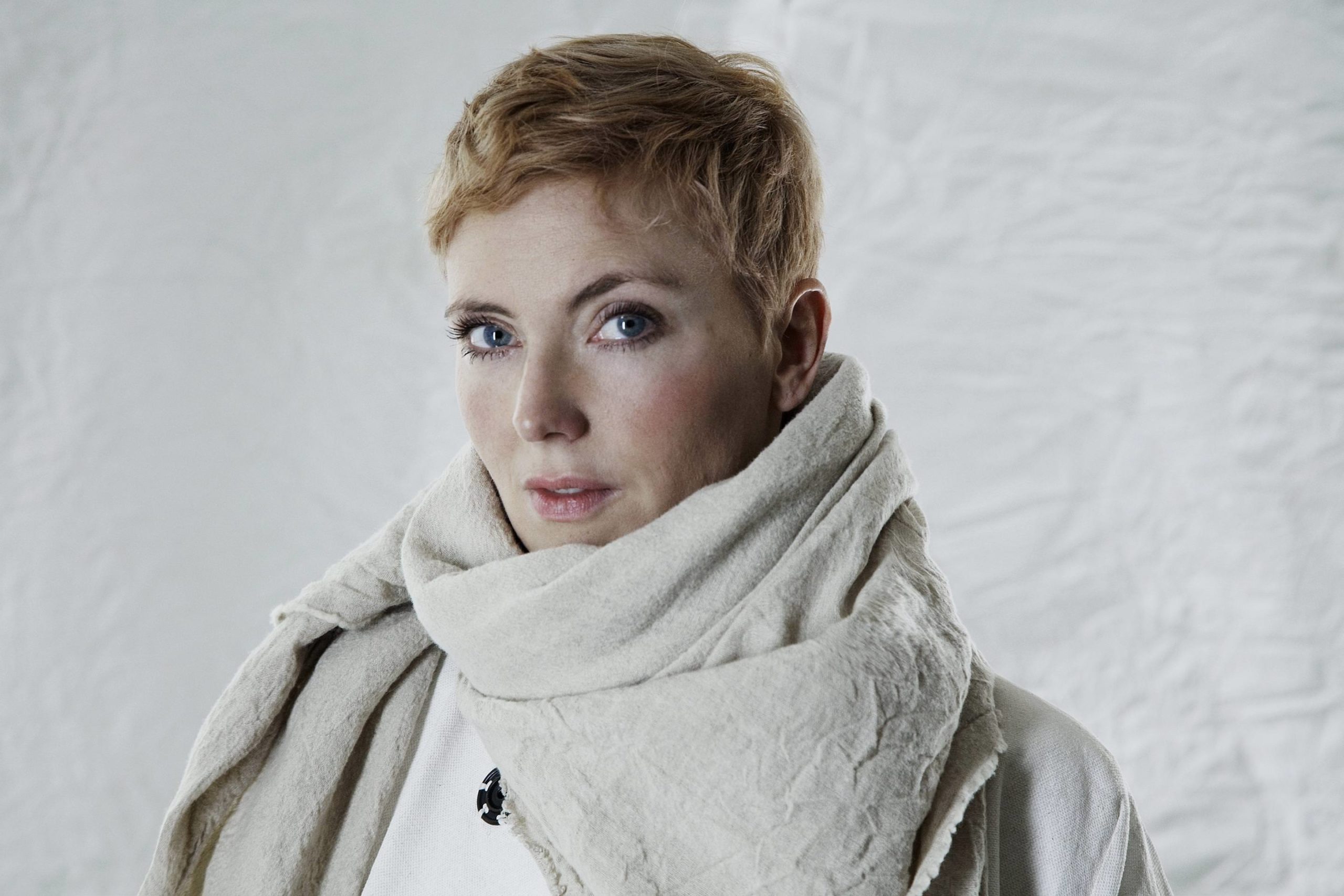 Portrait by Steve Benisty
Portrait by Steve Benisty
WHITEWALL: Each collection of furniture directly relates to certain elements and materials. Assemblage 5 is inspired by earth, moon, and water. How did you arrive there?
FAYE TOOGOOD: Assemblage 4, named Roly Poly, was put together after the birth of my daughter. Previously all my furniture had been angular, quite hard, with a lot of metal. The fourth collection was completely different and came with smooth lines. It was fat, plump, and full in shape and the Roly Poly chair was born at that point.
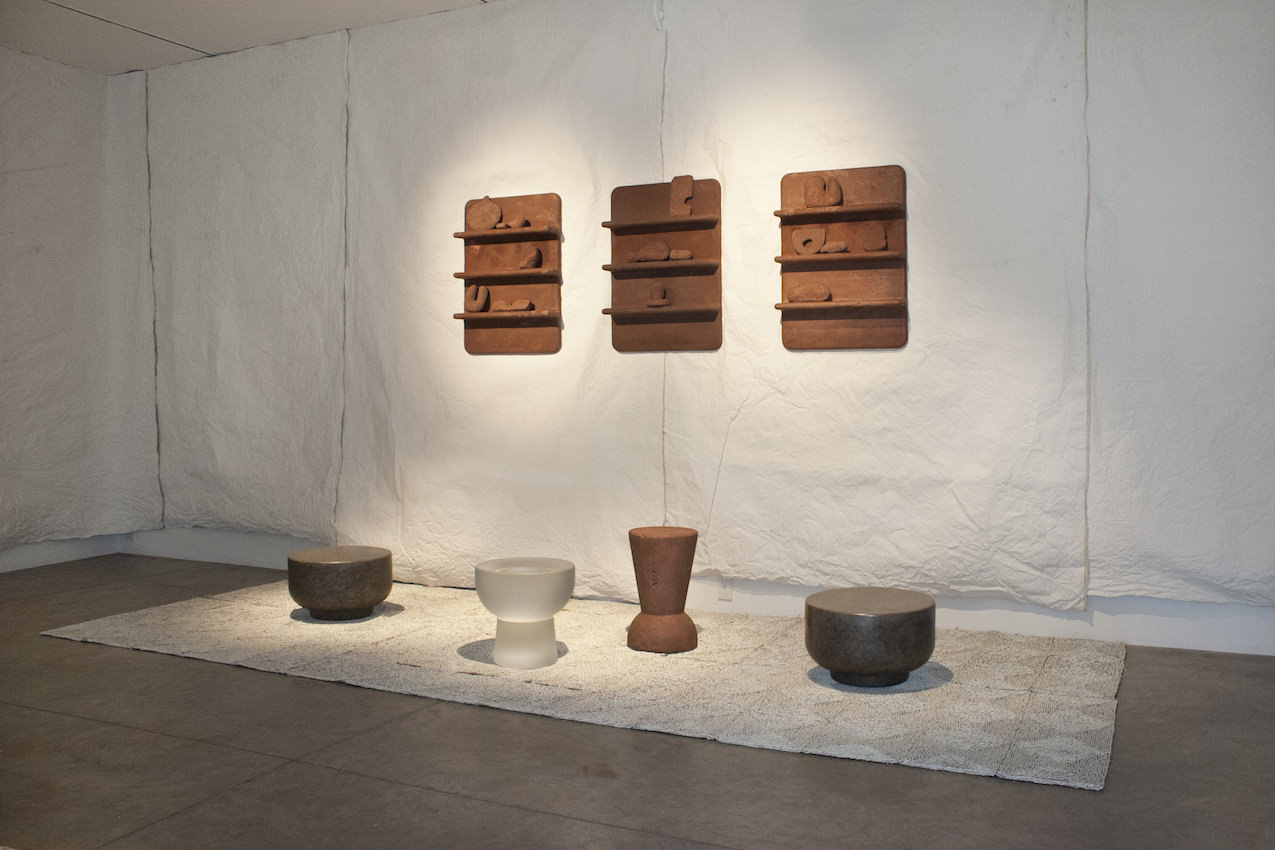 Installation view of Faye Toogood’s “Assemblage 5” (February 23—April 15, 2017) at Friedman Benda Gallery
Installation view of Faye Toogood’s “Assemblage 5” (February 23—April 15, 2017) at Friedman Benda Gallery
I decided that I wanted to continue in the language of the Roly Poly collection and introduce a series of new shapes. I wanted to put together a collection that was very elemental, primal, and about getting back to the essential raw ingredients. That’s where the concept of water, earth, and moon came from.
In terms of inspiration, I went to the Henri Matisse chapel in the South of France and was completely awed by that very spiritual space. Matisse, who I had always known as working in two-dimensional collage or painting, had actually created a three-dimensional space and everything within it. He had designed all the elements within the space, and creating that atmosphere within that chapel was for me a very moving moment. I think you can see it predominantly in the stools, for example, which are called “cups” and they are based on chalice shapes. The large table is based on an altar and tableau. And the beads have a direct reference to rosary beads. Although I’m not a religious person, I guess I’m a spiritual person in that sense.
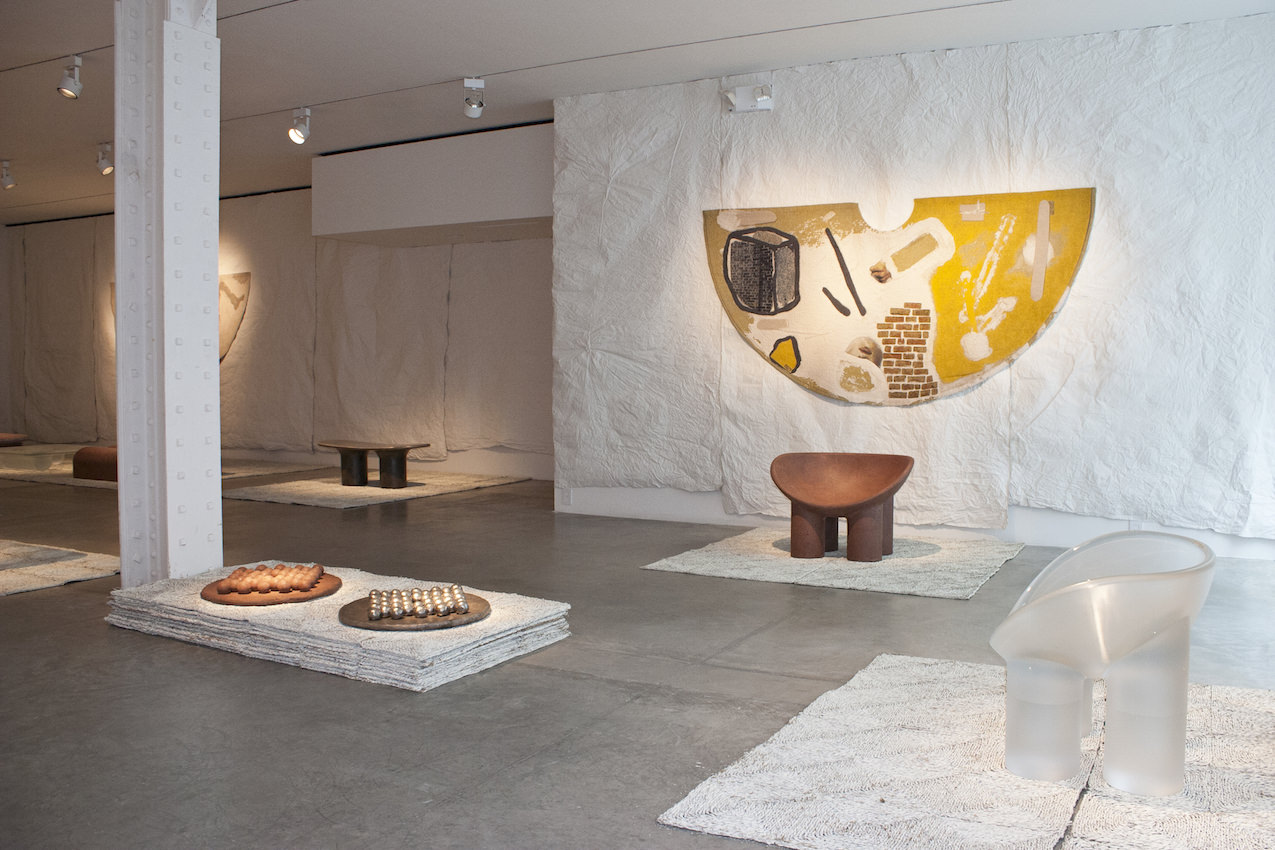 Installation view of Faye Toogood’s “Assemblage 5” (February 23—April 15, 2017) at Friedman Benda Gallery
Installation view of Faye Toogood’s “Assemblage 5” (February 23—April 15, 2017) at Friedman Benda Gallery
WW: How did you choose the materials?
FT: I’m always looking to find meaning in my work, experimenting with form and materials. I wanted to translate some pieces into something very primal. I looked at early African primitive structures. I wanted to create my own earth composite and create a cup chair to create core pieces of furniture.
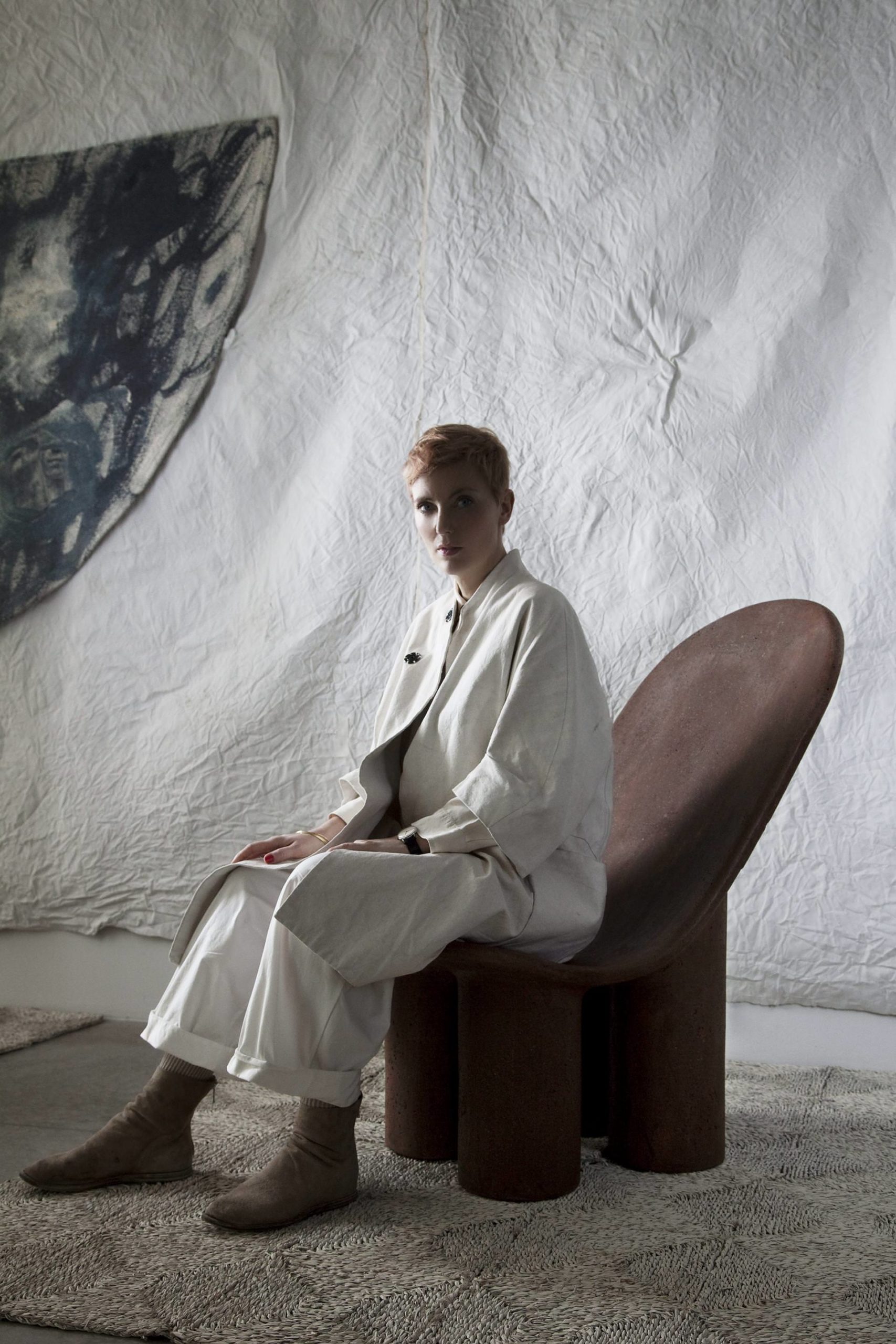 Portrait by Steve Benisty
Portrait by Steve Benisty
The water element came from wanting to work with glass. I’ve always been an admirer of Roni Horn’s large works. Her work has always been a strong influence on me. I found a manufacturer that would work with me to create pieces in what’s called lithium-barium crystal. It’s the clearest, most optical, finest glass you can get.
And then the moon is a definite feminine reference there, in terms of the cycle of the moon. I wanted that silver luster to be in the collection. The Roly Poly chair suits that moon shape. It was about finding those ingredients to commit to that primal feeling.
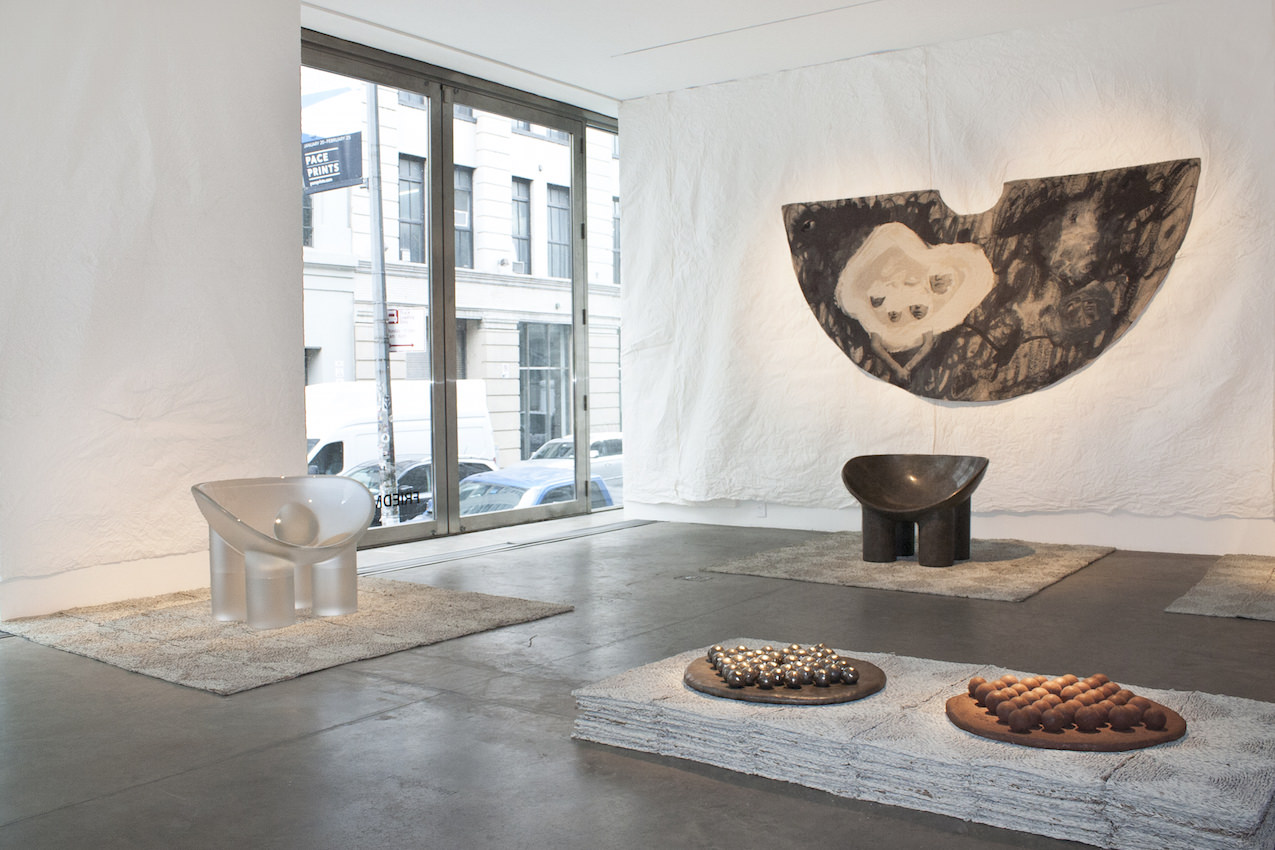 Installation view of Faye Toogood’s “Assemblage 5” (February 23—April 15, 2017) at Friedman Benda Gallery
Installation view of Faye Toogood’s “Assemblage 5” (February 23—April 15, 2017) at Friedman Benda Gallery
WW: Speaking of that idea of primal, reading an interview where you were reflecting on your time at The World of Interiors, you said, “There was no sense of trend or fashion at the magazine, it was about the wealth and history of an object or room, whether it was made yesterday or 500 years ago.” Do you want your pieces to feel like they have a history?
FT: I don’t think it is intentional, but it’s something I’m beginning to realize about my work, as other people talk about it. I think all the references from my time at The World of Interiors and before, studying the history of art, means that my visual mind goes back quite far.
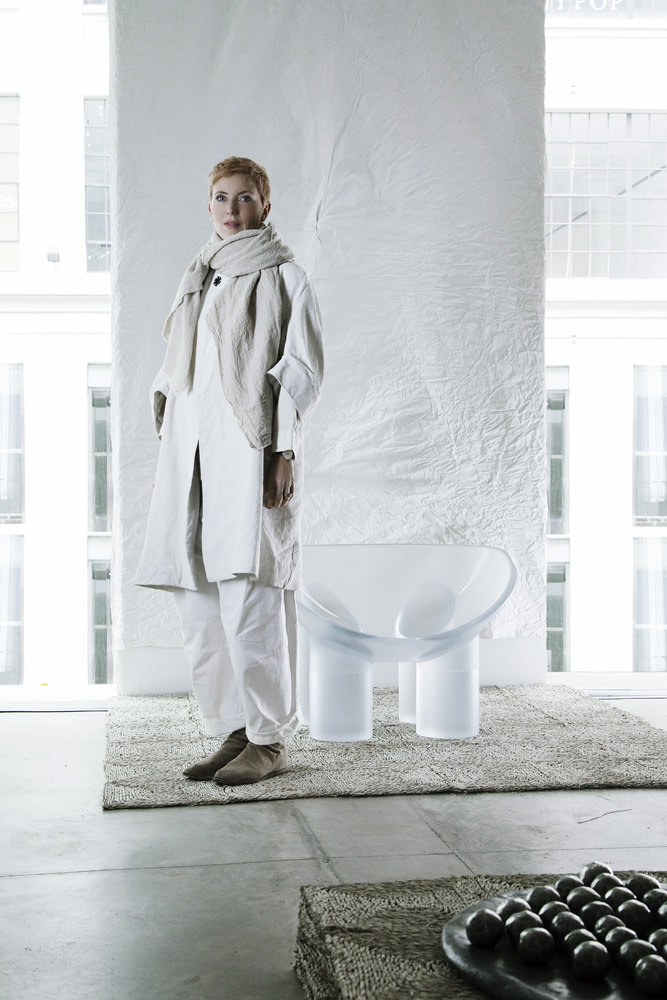 Portrait by Steve Benisty
Portrait by Steve Benisty
When people look at Roly Poly, they see different things. Some people think it’s extremely sixties, or something Art Deco; others are seeing something primitive and African. It’s all there, I think. I think because it’s instinctive within me to mix these references, I’m not always aware of how it will affect someone. I didn’t study product design, so there’s not a limitation there. And I’m not frightened of looking back.
WW: Mentioning Roni Horn earlier, that made me think of something I read, about you visiting Barbara Hepworth’s studio when you were seven or eight. What was that experience like?
FT: My parents were very interested in art and interiors and would take us to museums and galleries. We visited her studio on one of the trips we did to Cornwall in England. At such an early age, I was struck by that studio. The studio is left how Barbara Hepworth had left it. I saw all these fantastic pictures of her chipping away at huge blocks of stone—this very powerful women expressing herself through the natural forms that she found in nature. The strength of this woman working against the sheer elements of huge pieces of stone . . . It wasn’t until I was probably 17 or 18 when I decided that that’s what I wanted to do. I wanted to be a sculptor. But I was quickly advised to do something more academic, so then I was pushed into doing the history of art, and I took fine art as well. It was only a few years ago that I decided that I wanted to make my own objects, and I think sculpture has come back and is coming out in the form of furniture.
WW: Even the garments you create with your sister, in the Toogood collection, are quite sculptural.
FT: The main aim was to start clothing our friends—to give them the clothes that we realized we wanted to wear, which was not high fashion, highly branded, seasonal clothing, but clothes you could work in and move in and express some sense of individuality. We realized was that the boys and the girls, we’re all sort of sharing an aesthetic. The genderless quality of what we’re putting together has been quite relevant. It seems to be quite freeing for people. They wear what they want to and it’s not about women dressing as women, or men in something feminine; it’s you expressing your own identity whether that’s all about femininity or not.
WW: So much of your work relates to your personal story. Has that always come easily to you?
FT: Yes, I think it has been, in my work. I can cite that back to the very first collection. I think potentially what’s going on in my mind, where my time is being invested, the things I’m experiencing, comes out in the work. The third collection, for example, is very strong, very angular, very aggressive and dark. That explains a certain time. Before that, the very first collection was very naive and wooden and light, and based on perhaps the sweeter side of nature. So I definitely think that the shapes and the materials I’m drawn to are connected to what’s going on in my life and what I’m interested in at that time.
This article appears in Whitewall‘s spring 2017 Women in the Arts issue.








